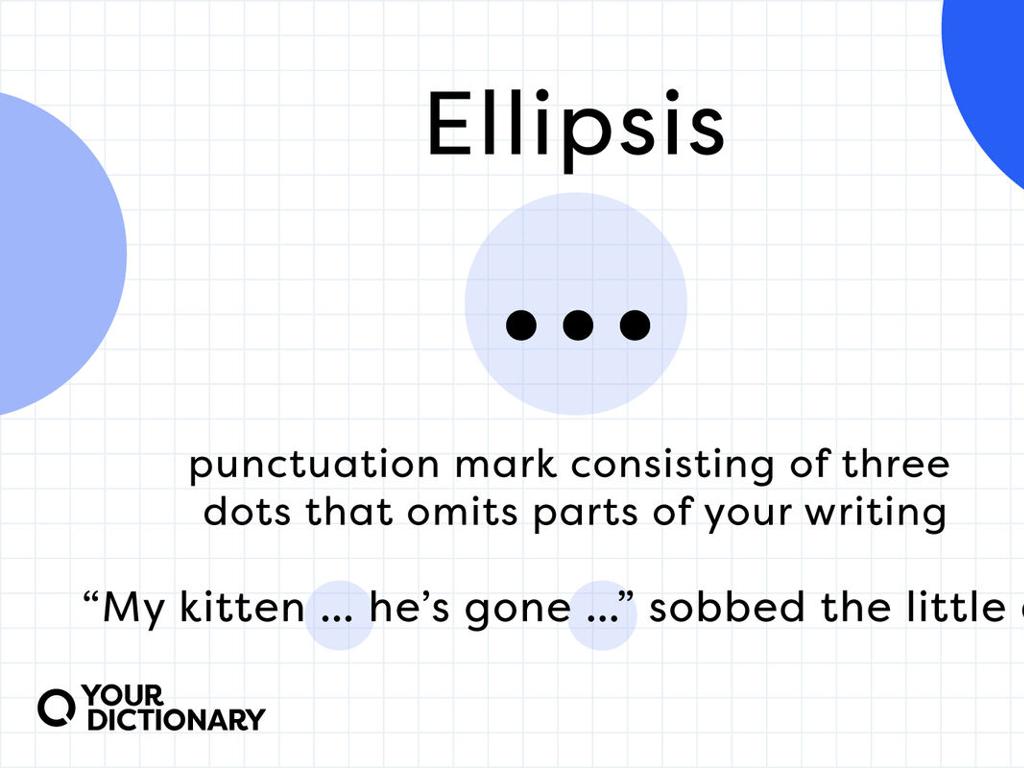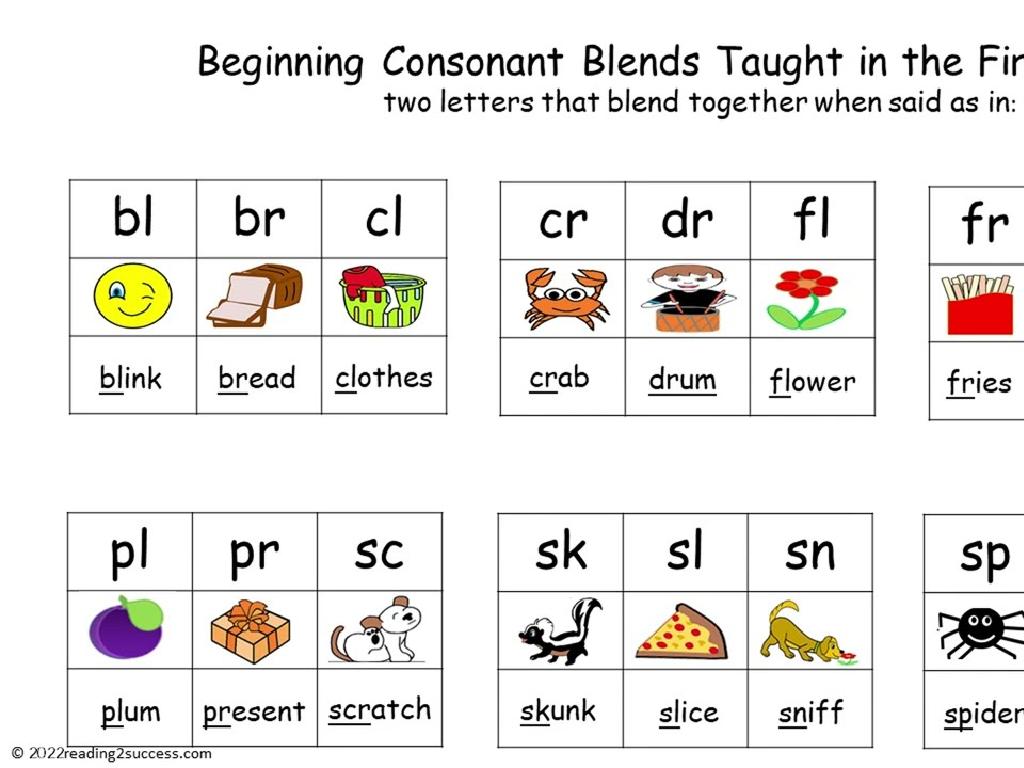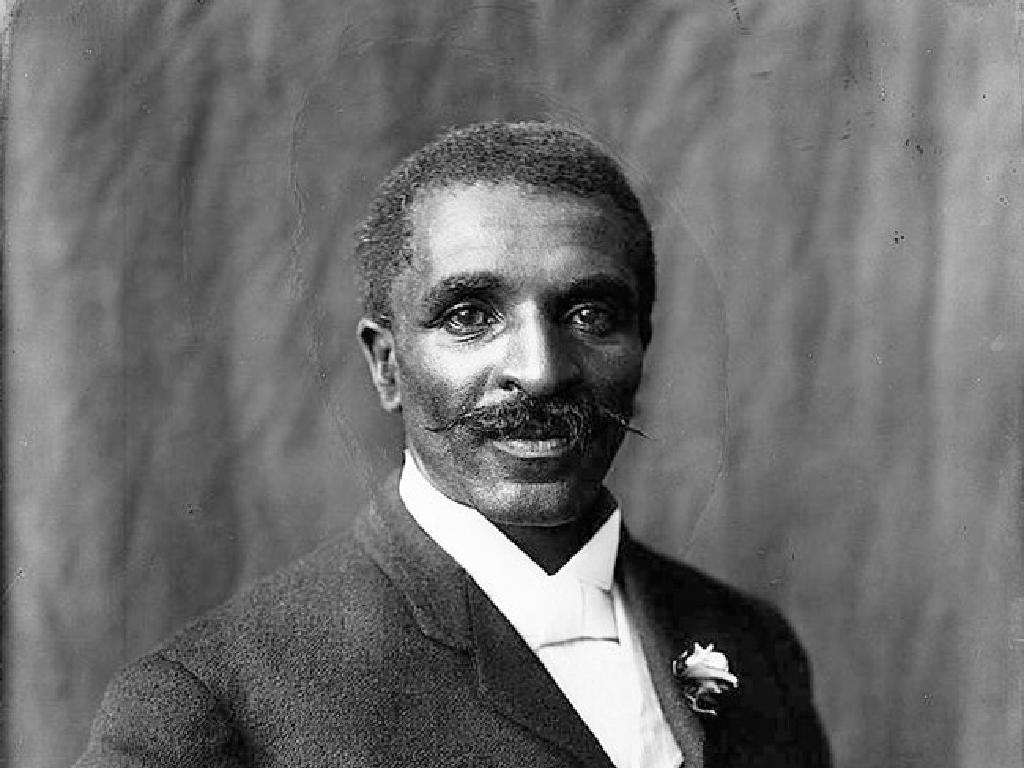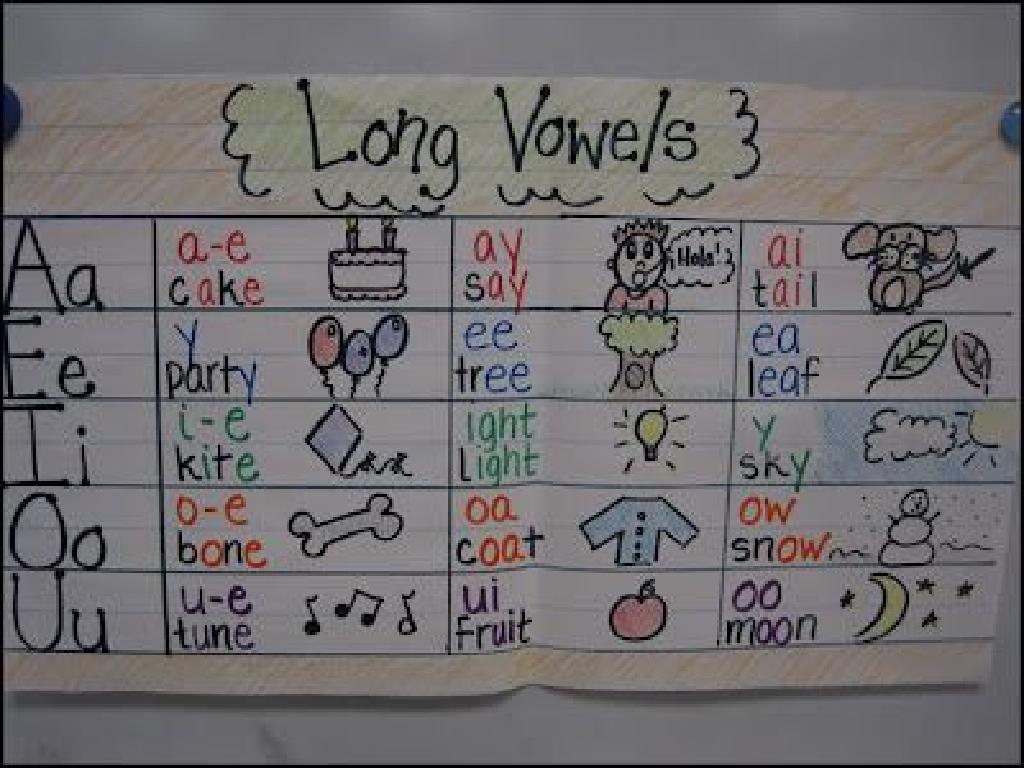Use Ten To Subtract
Subject: Math
Grade: Second grade
Topic: Subtraction Strategies: One Digit
Please LOG IN to download the presentation. Access is available to registered users only.
View More Content
Subtraction Strategies: Using Ten to Subtract
– Learn a cool subtraction trick!
– Using ten for easy subtraction
– Subtract numbers close to 10 by thinking of 10 minus the number
– Become a subtraction expert
– Practice makes perfect! Try with different numbers
|
This slide introduces a fun and effective subtraction strategy for second graders, focusing on the concept of using ten as a benchmark for subtraction. Start by engaging the students with the idea that subtraction can be cool and exciting. Explain that when we have a number close to ten, we can think of subtracting from ten to make it easier. For example, if we have 10 – 8, we can think ‘What number do I add to 8 to get 10?’ which is 2. Encourage the students to practice this method with various numbers to build their confidence and proficiency. By the end of the lesson, aim for the students to feel like subtraction experts, capable of tackling problems with ease using this new strategy.
Understanding Subtraction
– Subtraction means taking away
– It shows how many are left
– Example with apples
– If you start with 5 apples and eat 2, you have 3 apples left (5 – 2 = 3)
– Practice with ‘Use ten to subtract’
– Using ten as a helper makes subtracting easier. Let’s try 10 – 7.
|
This slide introduces the basic concept of subtraction to second graders. Subtraction is explained as the process of taking away from a total amount to find out what remains. Use everyday examples, like eating apples, to illustrate this concept in a relatable way. Emphasize that subtraction helps us figure out how many items are left after some are taken away. Introduce the ‘Use ten to subtract’ strategy by showing how to subtract numbers from 10, which is a foundational skill for understanding subtraction and will be practiced further in class. Encourage students to think of other examples where they take away items from a group and to use their fingers or objects to practice subtracting from ten.
Using Ten to Subtract
– Ten: A special subtraction number
– Our number system and ten
– Base-10 system makes subtracting with tens straightforward
– Making ten to subtract
– Use ten as a benchmark to subtract more easily
– Practice with examples
– Try 14 – 9 by making ten: 14 – 10 = 4, then add 1 back
|
This slide introduces the concept of using ten as a tool for subtraction, which is particularly useful because our number system is base-10, meaning it revolves around multiples of ten. Emphasize to students that understanding how to subtract by making ten can simplify many subtraction problems. Demonstrate the process with an example, such as subtracting 9 from 14 by first subtracting 10 to get 4, and then adding the 1 that was over subtracted. Encourage students to practice this technique with various numbers to become comfortable with the concept. Provide additional examples and practice problems for students to work through, such as 15 – 8, 13 – 5, and 12 – 9.
Making Ten to Subtract
– Understand ‘making ten’ strategy
– Example: 14 – 6 becomes 14 – 10 + 4
– It’s like taking a detour for easier math
– Find how many to add to 6 to make 10
– 6 needs 4 more to become 10: 6 + 4 = 10
– Subtract 10 from 14, then add 4
– First do 14 – 10 = 4, then add the 4 back: 4 + 4 = 8
|
This slide introduces the ‘making ten’ subtraction strategy, which simplifies the process of subtracting by utilizing the concept of rounding up to the nearest ten. Start by explaining that sometimes subtraction is easier when we round one number up to the nearest ten. Use the example provided to illustrate the process step by step. First, determine how many more are needed to reach ten from the smaller number. Then, subtract ten from the larger number, and finally, add the difference that was used to make ten. This method often makes mental subtraction quicker and helps students to visualize the process better. Encourage students to practice with different numbers and to share their own examples.
Practice Time: Using ‘Make Ten’ to Subtract
– Let’s solve subtraction examples
– Use objects for ‘make ten’ strategy
– Use items like blocks or fingers to help
– Example: Subtract 13 – 5
– Break 13 into 10 and 3, then subtract 5 from 10
– How can we make ten to solve?
– Making ten simplifies subtraction
|
This slide is designed for a hands-on class activity where students practice the ‘make ten’ subtraction strategy. Start by explaining the concept of ‘making ten’ to simplify subtraction problems. Demonstrate with an example, such as 13 – 5, by breaking 13 into 10 and 3. Show how subtracting 5 from 10 is easier and then add the remaining 3. Provide students with objects like blocks or use fingers to visualize the process. Encourage them to apply this strategy with different numbers and guide them through several examples. The goal is for students to become comfortable with ‘making ten’ to simplify subtraction problems.
Let’s Play the ‘Make Ten’ Game!
– Play the ‘Make Ten’ game
– Pair up and use counters
– Use objects like beans or coins as counters
– Subtract using ‘make ten’
– Example: For 13 – 4, make 10 by moving 3 counters, then subtract 4 from 10
– Compete to solve quickly
|
This interactive game encourages students to practice the ‘make ten’ subtraction strategy. Provide students with counters like beans, coins, or blocks. They will work in pairs to practice subtracting one-digit numbers from numbers greater than ten by first making ten and then subtracting the remainder. For example, to solve 13 – 4, a student would first separate 3 counters (to make ten) and then remove 4 more counters to find the answer. This visual and hands-on approach helps solidify the concept of ‘making ten’ to subtract. Monitor the pairs to ensure they understand the concept and provide guidance as needed. Consider timing the activity to add a competitive element, and rotate partners to give students the chance to work with different classmates.
Class Activity: Subtraction Bingo
– Let’s play Subtraction Bingo!
– Use ‘make ten’ to solve problems
– For example, to subtract 9 from 14, make 10 by taking 1 from 14, then subtract 9 from 10.
– Cover the correct answer on your card
– Aim for five in a row to win!
|
This interactive game is designed to help students practice the ‘make ten’ subtraction strategy. Provide each student with a bingo card filled with answers to subtraction problems you’ll call out. When a problem is called, students should use the ‘make ten’ strategy to find the answer quickly and cover it on their bingo card. The first student to cover five answers in a row horizontally, vertically, or diagonally wins the game. Possible variations of the activity could include playing in pairs, using different bingo patterns, or having a subtraction relay race where students solve problems before marking their cards.
Conclusion: Using Ten to Subtract
– Great work on subtraction!
– Remember, ten is your friend
– Making ten helps simplify subtraction
– ‘Make Ten’ worksheet for homework
– Complete the worksheet to practice
– Practice makes perfect
|
Today, we’ve learned a valuable strategy for subtraction by using ten. It’s important for students to understand that breaking numbers down to ten can simplify the process of subtraction. As a homework assignment, the ‘Make Ten’ worksheet will provide students with the opportunity to apply what they’ve learned in class. Encourage them to practice this technique, as it will help them become more confident in their subtraction skills. The worksheet should reinforce the day’s lesson and help solidify the concept of using ten as a subtraction strategy.






